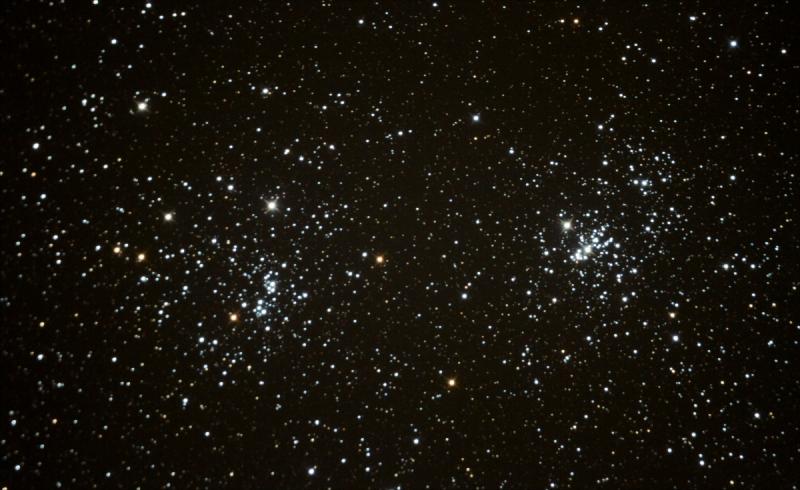
Article in Astrophysical Journal Letter
Employees of the UWr Astronomical Institute and the Centre of Scientific Excellence ‘Solar and stellar activity’ have published a unique report in the renowned Astrophysical Journal Letter on the location and correlation of up to three phenomena that are manifestations of stellar magnetic activity. For one very young and rapidly rotating star, they managed to link the location of both large spots, a strong and unusually long-lived flare and slowly rising loops filled with cool matter in the atmosphere of this star. Such combinations of phenomena have long been observed on the Sun. However, even through the best telescopes, we cannot observe details on the disk of other stars. Retrieving information about the position of different structures always requires special methods or unique instruments. In this case, a very precise and careful analysis of one of the simplest types of observations, the measurement of a star’s brightness, proved sufficient. These were made by the TESS mission, which is characterised by the exceptional accuracy of its measurements.
In an earlier article, also published in this journal, the same authors showed that the flare happened on this star in the area of a very large spot. This was historically the first evidence linking these phenomena for a star other than the Sun. Moreover, they were able to identify several short-lived dims in the brightness curve of this flare, which occurred almost exactly every rotation period of the star. This is a strong indication that there was then a cloud of matter in the star’s outer atmosphere, rotating with the star, which obscured the bright region of the flare at each rotation. The authors attempted to model the position of this cloud and its physical properties. The results turned out to be consistent and suggest that there was a fairly dense cloud of matter slowly hovering over the spot and flare region, which was most likely magnetically connected to the spot itself.
You can see the behaviour of this structure in the animation, which will be attached shortly. We can only infer the position and properties of the cloud when it obscures the flare area, so its changes are presented in leaps and bounds. The cloud has been highlighted in darker colour, and its lighter (transparent) part represents the magnetic field course in which it was located, as suggested to us. The behaviour and properties of this structure are reminiscent of the cool flare loops observed on the Sun or a quiet protuberance in the early stages of activation.
It is remarkable that such a detailed decipherment of the position of three different phenomena was possible when observing a star that we see in the telescope only as a single point. As we mentioned earlier, this was possible thanks to the very precise brightness measurements made by the TESS mission. The combination of two features of the observed star also played a role: its very rapid rotation and the extremely long-period flare visible in white light.
The publication is publicly available at https://doi.org/10.3847/2041-8213/ad6c06



